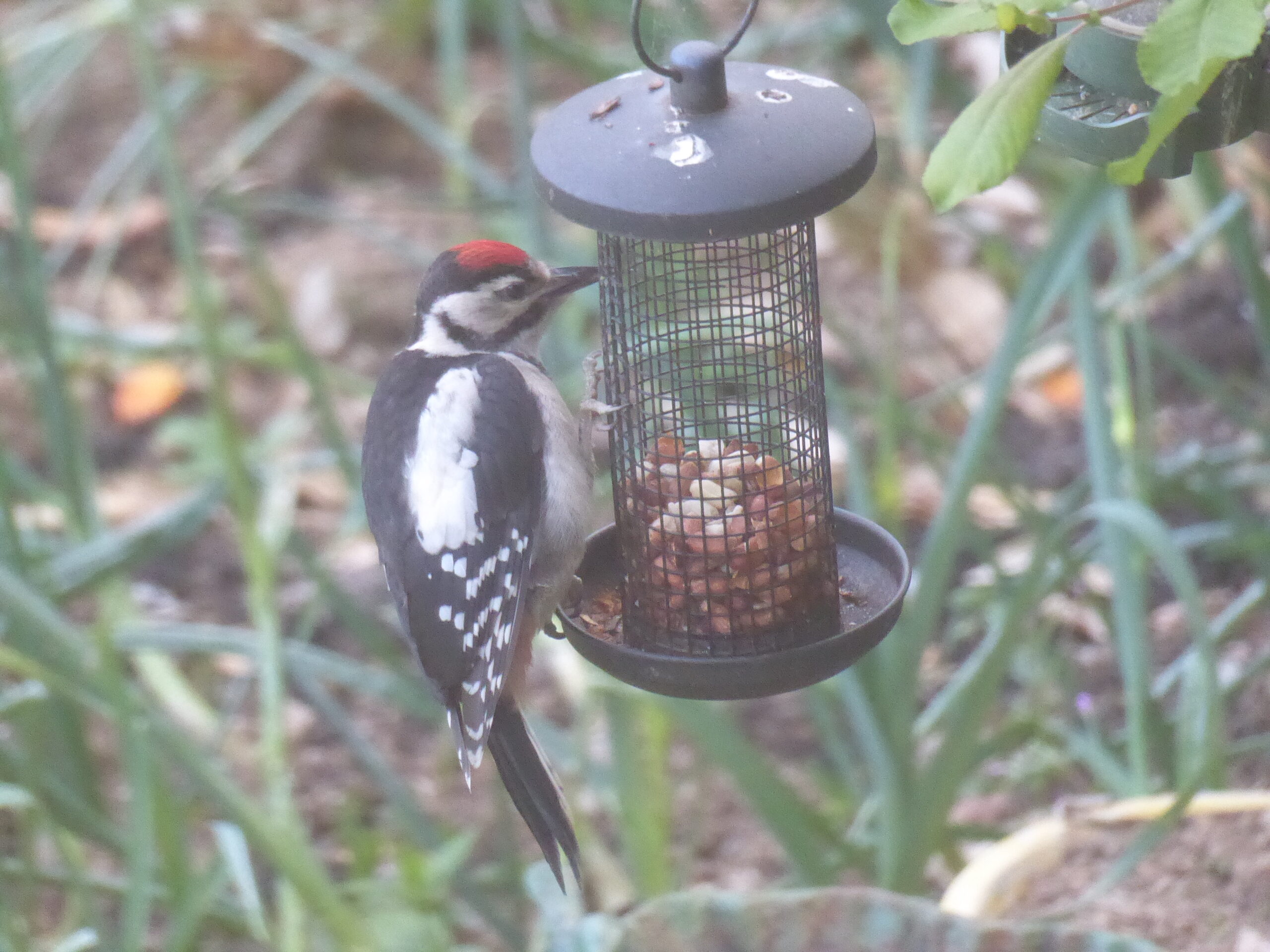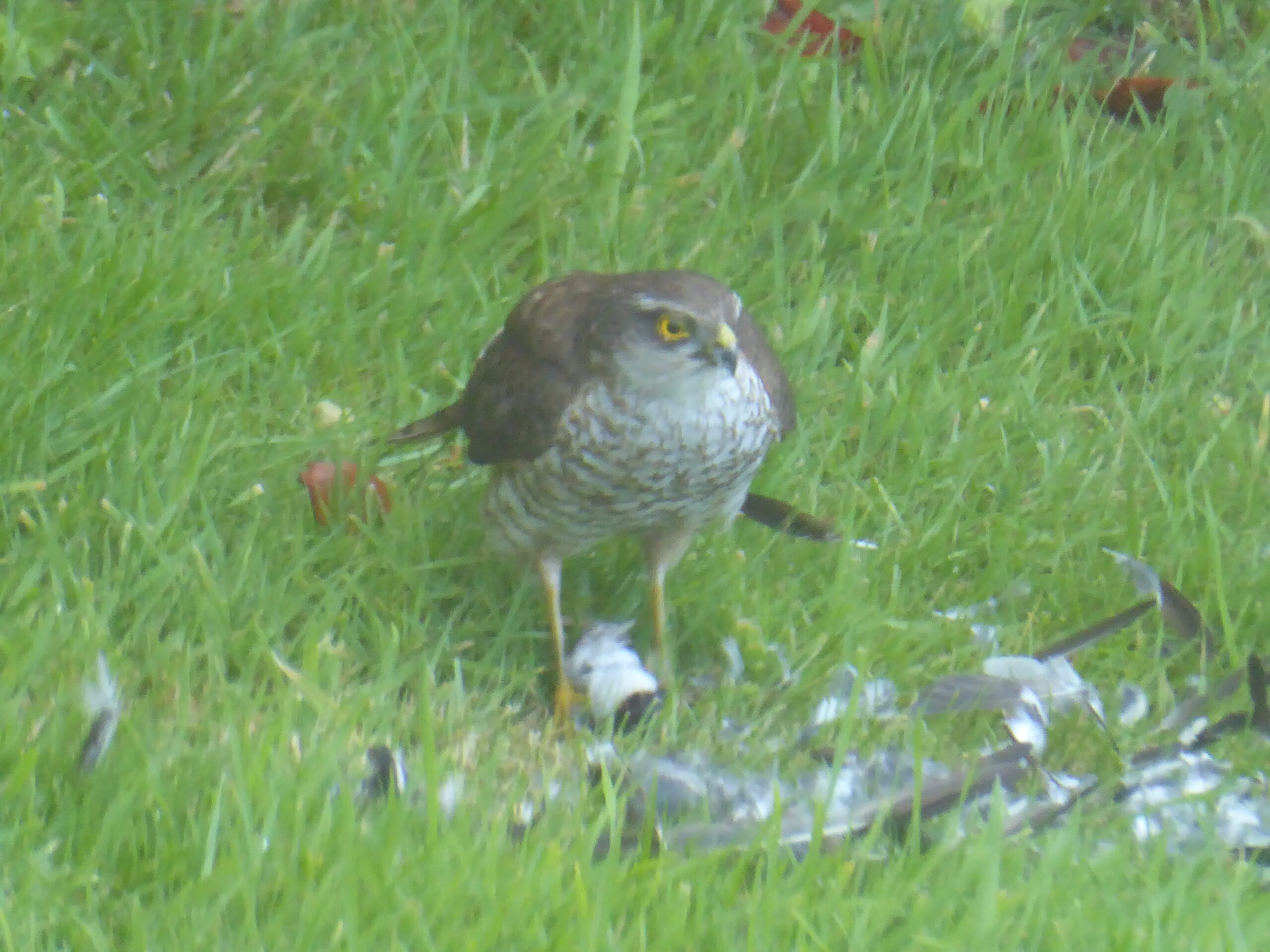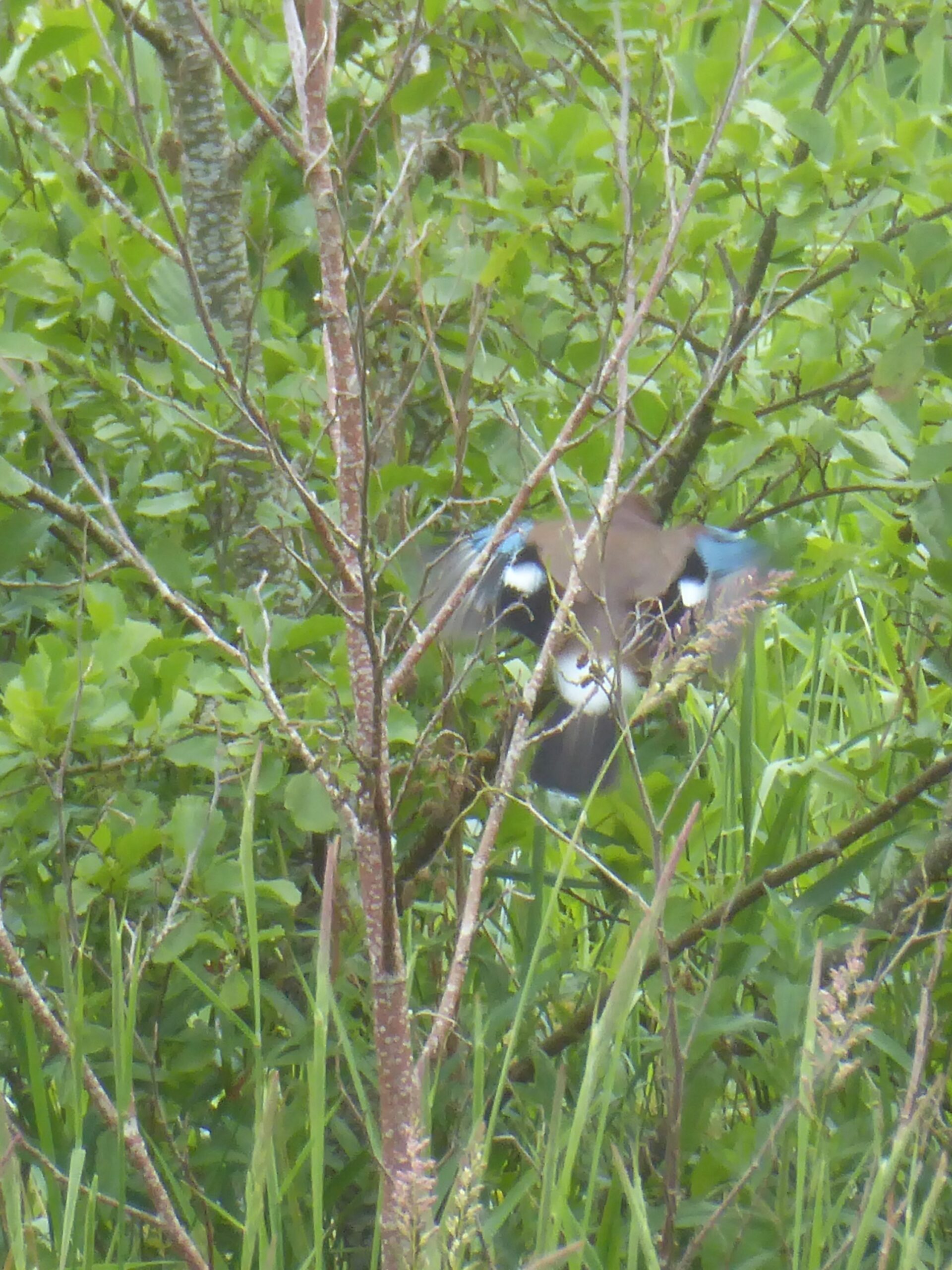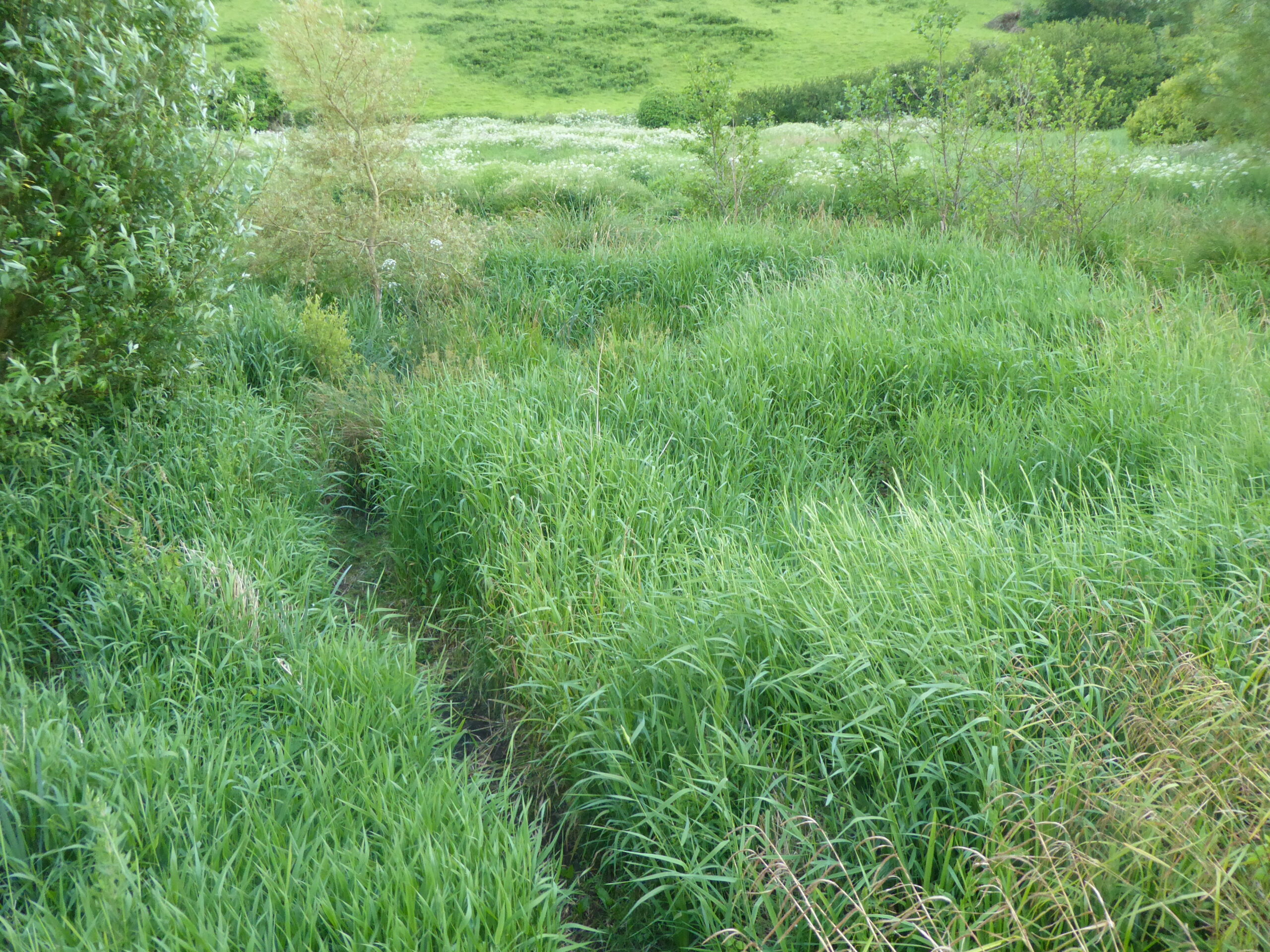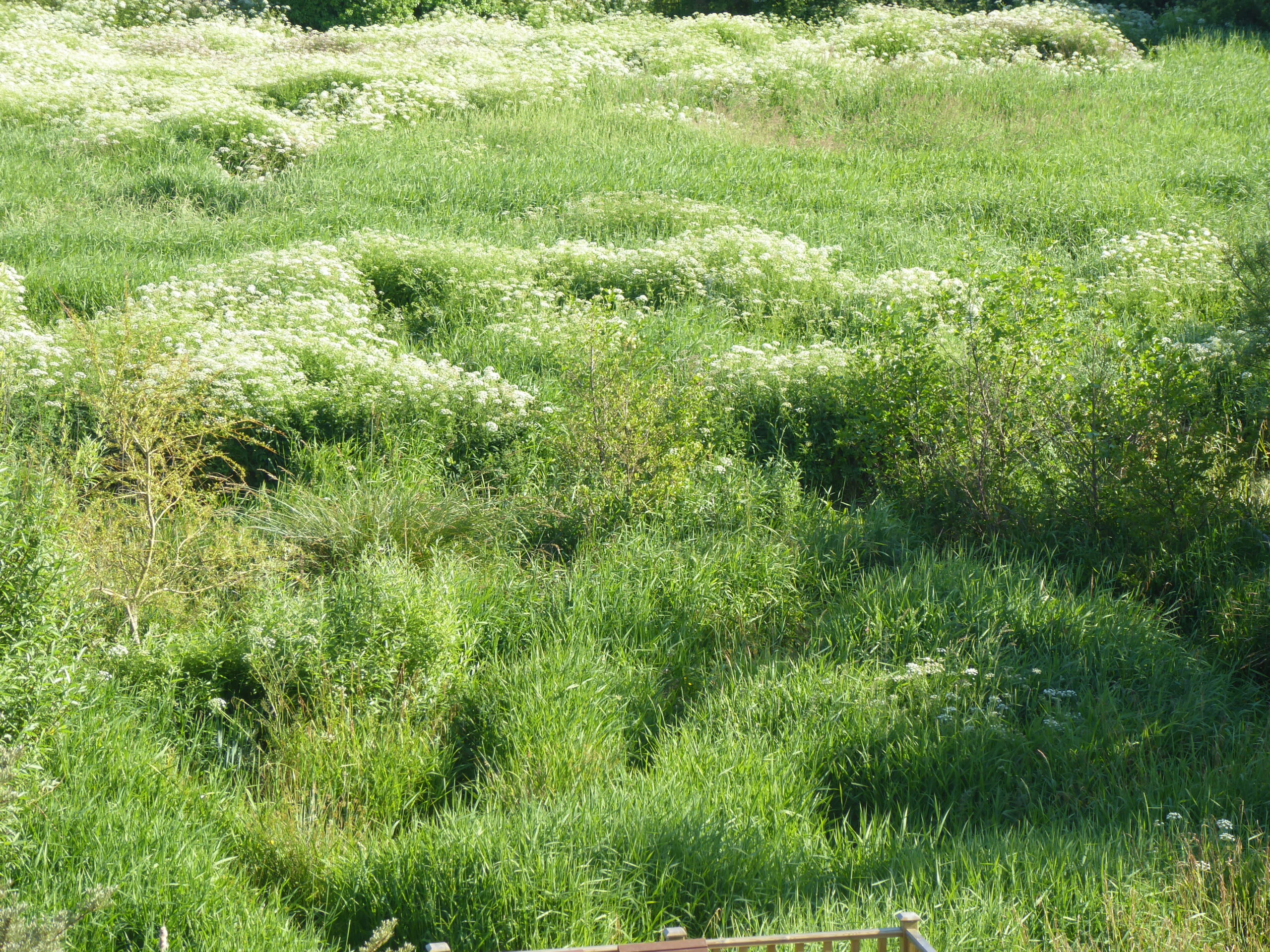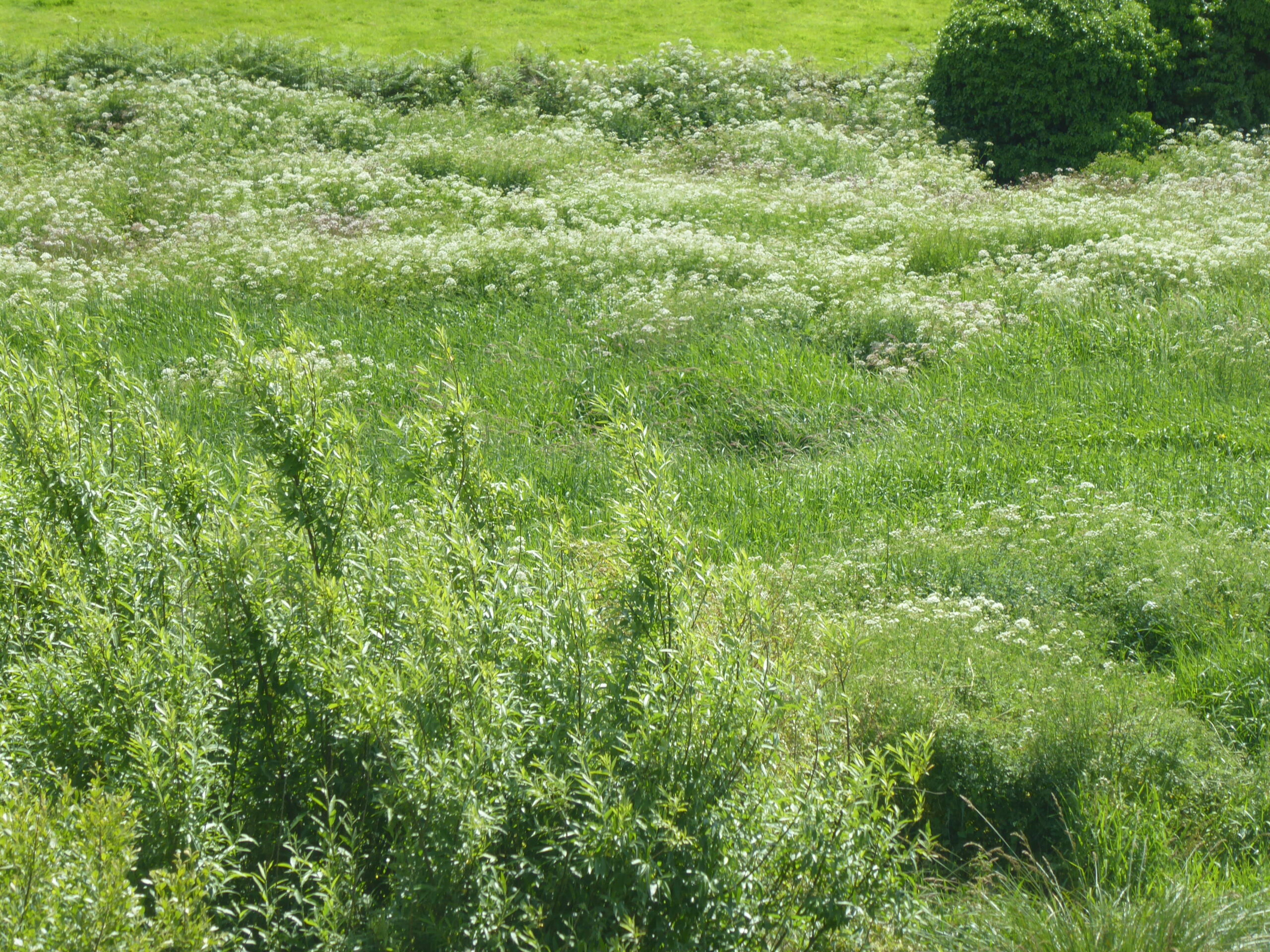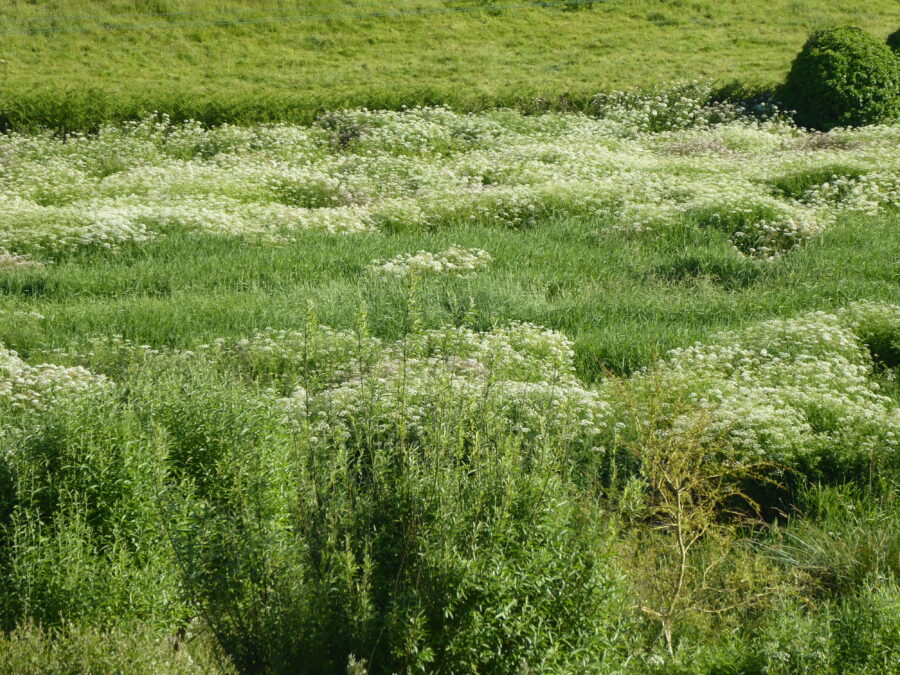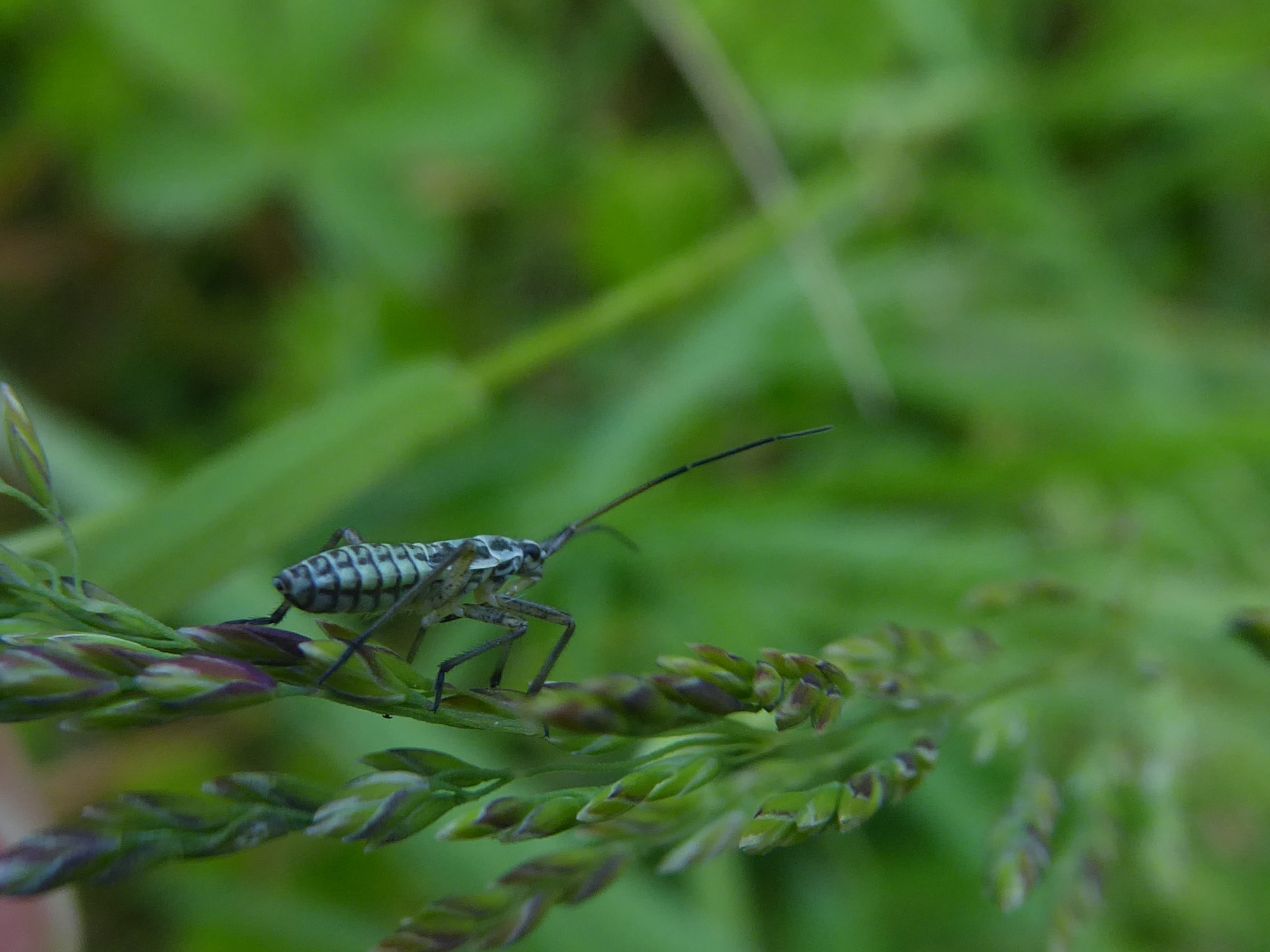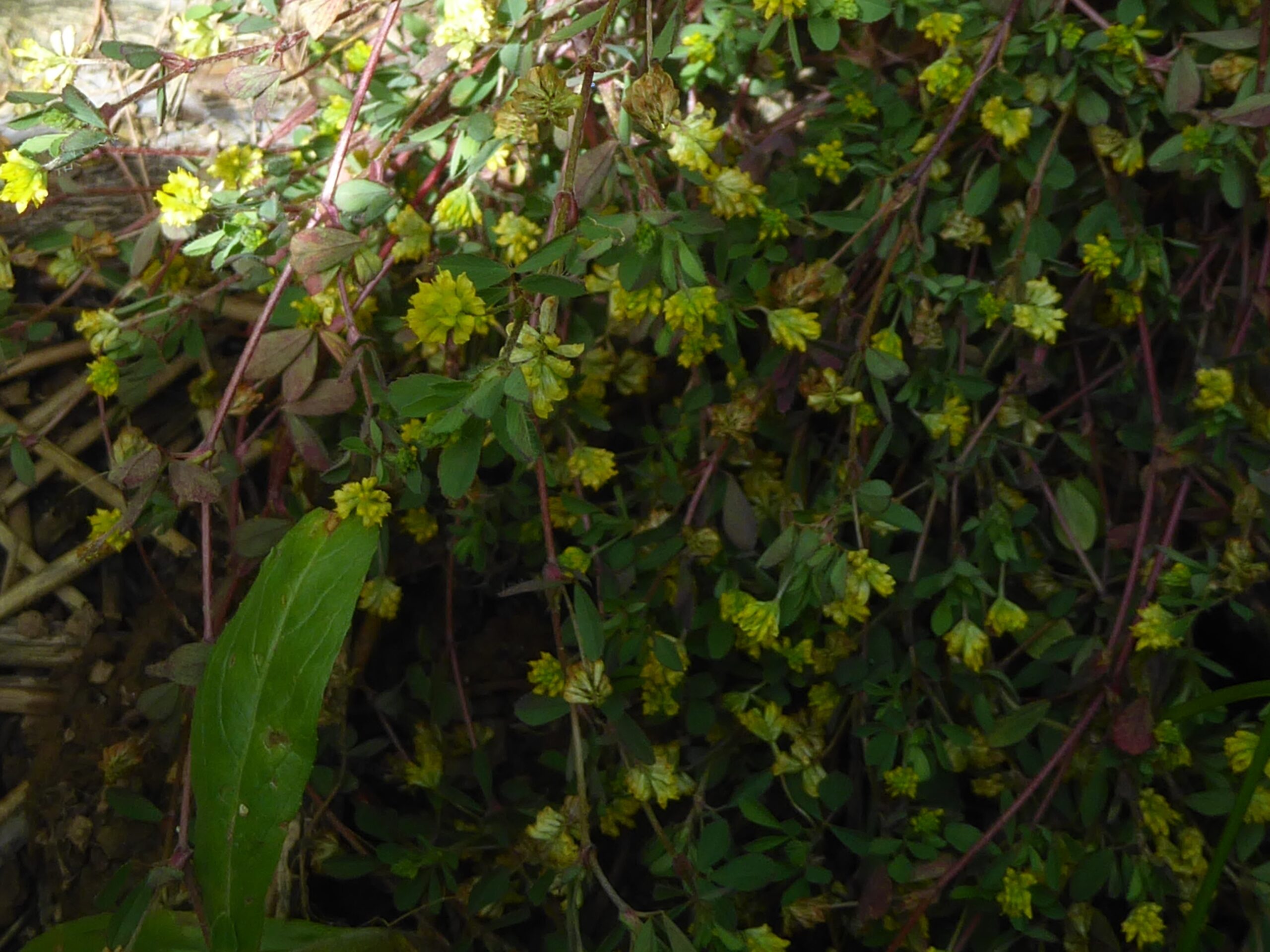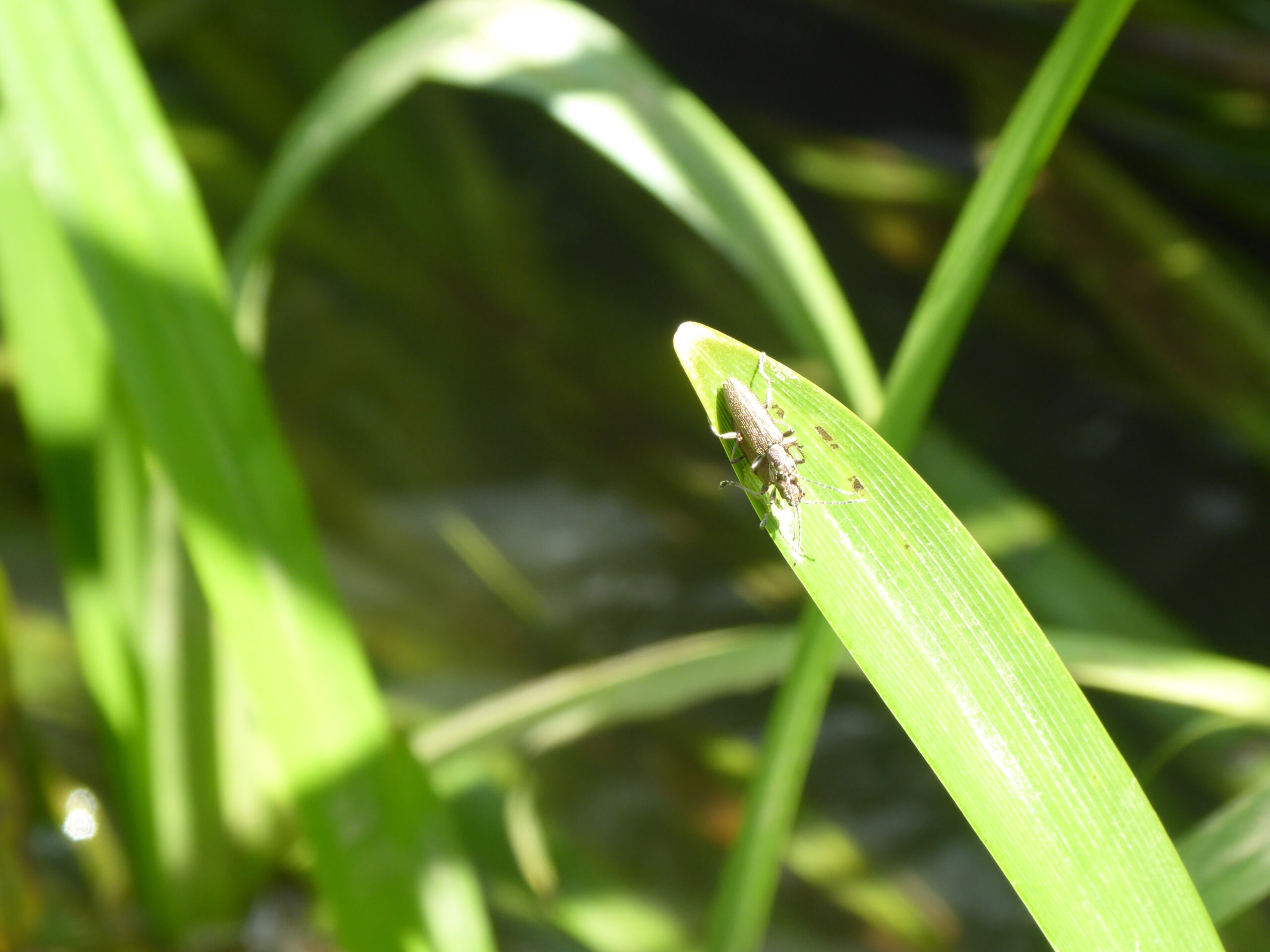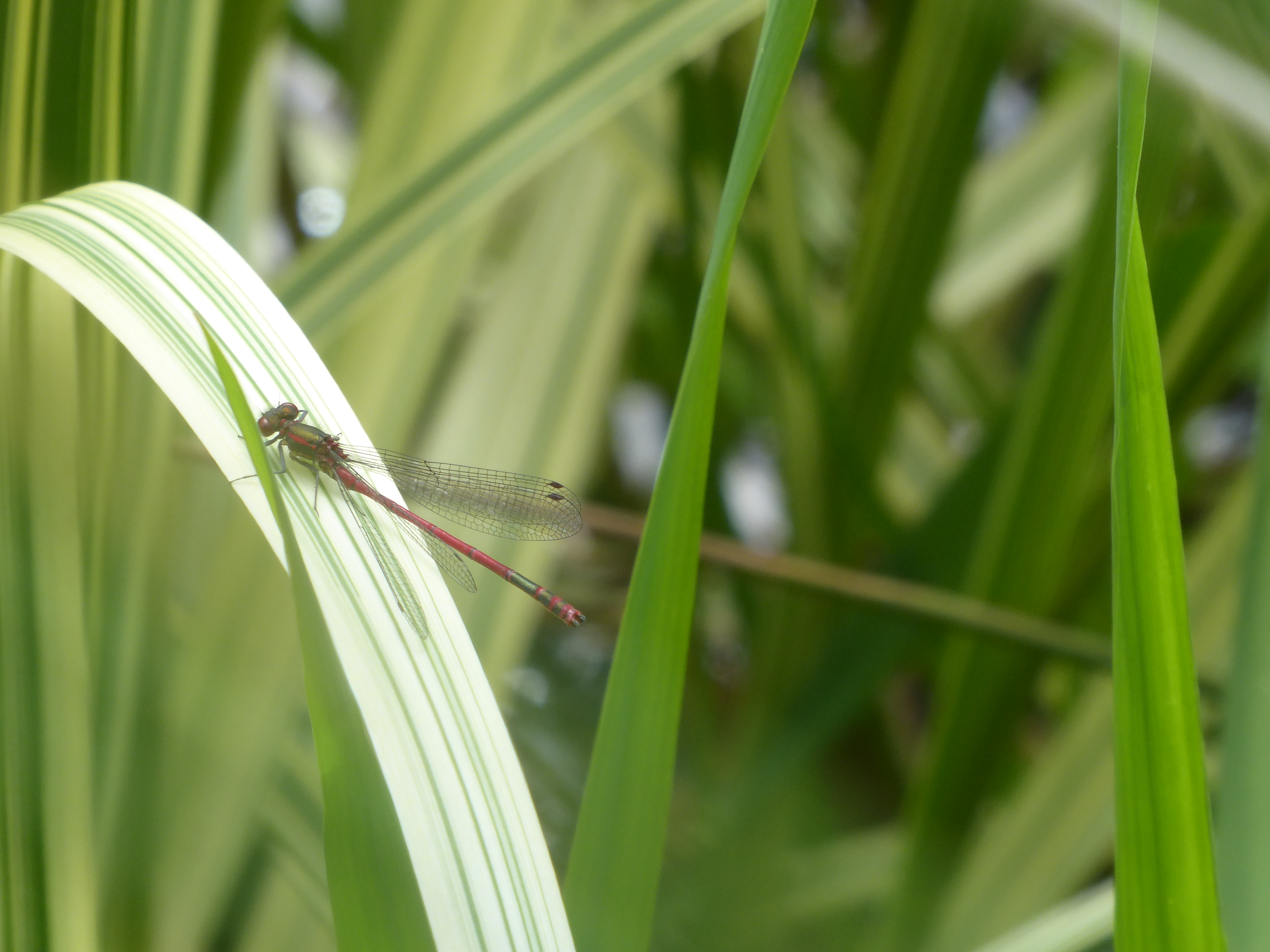Above picture: The greater-spotted woodpecker has started visiting our bird-feeder.
I have learned to be more patient and observant outdoors. I’ve enjoyed spending time in the watermeadow more than ever, except during Lockdown, when I was in the garden every day. I have learned how challenging it can be to identify similar-looking species and have been amazed by the sheer number of species and sub-species to choose from. While I didn’t delve deeply into every living thing I spotted, I did learn a bit about each one, and I would explore further if something piqued my curiosity. Finally, despite hearing about declining populations, I was buoyed with hope at the numbers of butterfly and beetle species that live in or visit the watermeadow.
The project took a lot of time, even over the winter when I was only posting three times a week. Walking round the watermeadow and taking photos was the fun bit. Putting together a post and uploading images and a paragraph of text, was the quick bit. Scheduling posts helped too. The slow and sometimes tedious bit was identification and research. Sometimes I would spend a couple of hours on one bug or plant and reach a conclusion only to find I’d missed a feature that ruled it out – and I’d have to start again. However, I think it would be beneficial to repeat the whole project in five years’ time to see if anything has changed. So watch this space…
